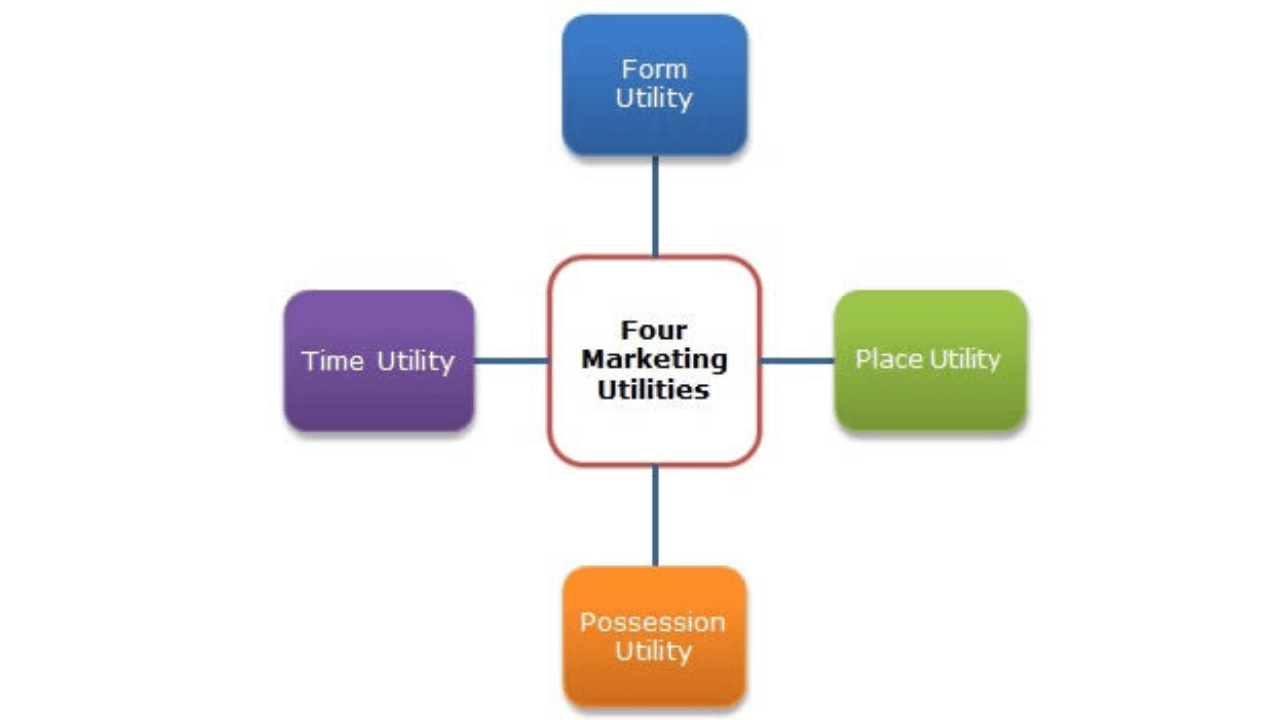All You Need To Know About Utility Marketing
From Neil Patel (the digital marketing guru) to the apprentice digital marketer on digprom.net, the need to explain the benefits of the products or services that you are marketing (utility marketing) is as important as the marketing campaign itself.
When embarking on a marketing campaign, you need to understand the market structure, identify a consumer base and ensure that your product is accessible to them when, where, and how they want them. You need to make the customers realize the value of your product (and not the other way round).
Effective marketing can be quite challenging especially in an economy where competition is stiff. Most of your competitors may be having a fun day in selling their products, but you are not. What you should do in this case is try to understand what these competitors are doing differently. But before that, you should first re-evaluate your marketing processes and techniques to ensure that they are as efficient as they should be.
WHAT DOES THE TERM “UTILITY MARKETING” CONNOTE?
Utility marketing is the process of communicating the value or usefulness of a product to the target persona. It is the situation where a marketer tries to convince a consumer that the product they are exchanging their money for will provide them with maximum satisfaction.
Marketing utilities are a significant aspect of marketing that every business should understand. This is because having a clear understanding of these utilities will enable you to take advantage of different ways to reach consumers and give an added value to your products.
WHAT ARE THE TYPES OF UTILITY MARKETING?
There are four major types of utility marketing, they are:
1.Utility Marketing of form
2.Utility Marketing of time
3.Utility Marketing of place
4.Utility Marketing of possession
In this discuss, a lucid analysis of the different kinds of utilities in marketing and how to use this knowledge in your favor as an organization, to create better advertising campaigns for your products and services as well as to attract more customers.
1) Form Utility

The utility of form refers to the product that an organization (or brand) offers to its consumer base, for example, bread, electronics, vehicles, etc.
A product’s form is referred to as the whole process of transformation of raw material to finished goods. This process is often done by one or more partner companies and involves active participation from the marketer, telling the productive chain what consumers expect from the product, how it should look like and what should it do.
Form as a type of utility marketing allows the Final consumer to see the value and beauty of a product when it is in its finished form. For example, consumers of bread will not see the value of bread if it is presented as wheat flour. It is because it is being offered as an end product that consumers see value in it. Similarly, Mobile phones beat landlines and laptops beat desktops because of their form utility.
2) Place Utility

In a technical sense, Proper marketing requires finished goods that will be readily available at places where customers can easily and comfortably access them.
Place utility is therefore in a way related to a distribution channel. This means that for consumers to buy products, generally speaking, they have to be physically available in a store or shop or virtually available online. Of course, place utility requires more effort in this matter since you will have to deal with transportation, choosing the best place to sell (retailer, wholesaler), shelf space and so on. This is so that consumers can conveniently get goods in a location that they can quickly and easily accessible.
3) Time Utility

Out of the four types of utility marketing, time is another key component of successful product marketing. This kind of utility is related to the difference in time between the creation of a product and its final consumption by the consumer. As a marketer, you must know and be able to manage this difference if at all success is one of your objectives.
Similarly, if you are in the business of providing services to consumers, you must also address the issue of time efficiently. This means that you have to make your services available when and where customers need them.
4) Possession Utility

Possession utility is the value customers have while buying a product and they have the choice to use the product for the purpose it was made for or finding a new way to use the product.
For example, people who are on diet might use honey as a sweetener for beverages, spread for bread and sandwiches and sometimes as a syrup for pancakes and other delicacies. However, some people use honey to create a cough concoction and others who use it as an ingredient for homemade skin products in particular facial products combined with other natural ingredients like turmeric and milk.
In summary
Thinking about all these types of utility marketing is crucial to meet consumers’ needs. You need knowledge about the product you are advertising, you need to know if it will be available for your customers and how they will get it and you must also find out when the best time to offer the product to consume.

One thought on “All You Need To Know About Utility Marketing”